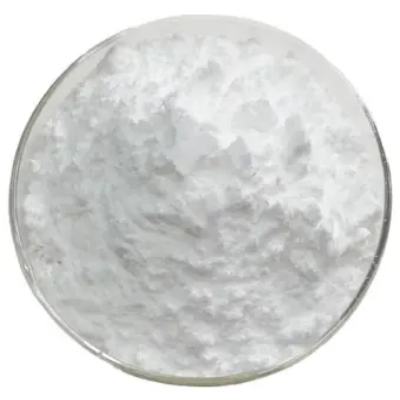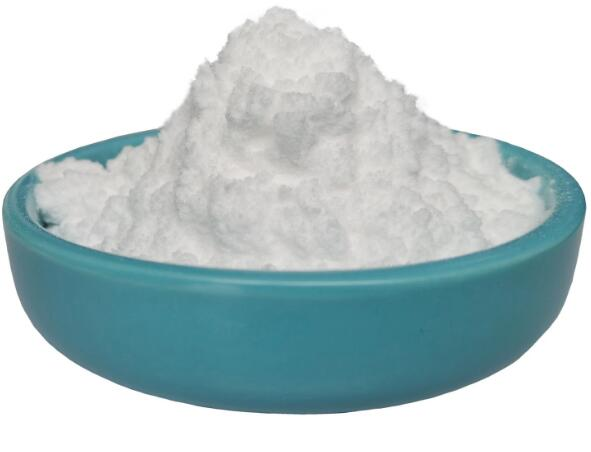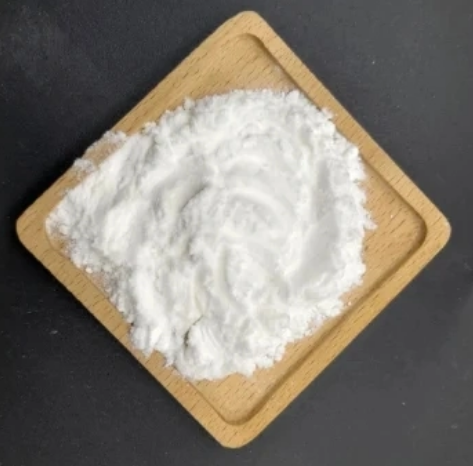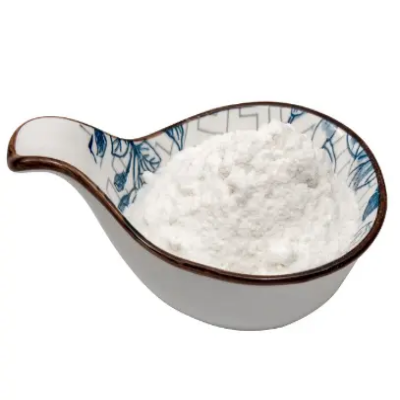L-Cysteine monohydrochloride CAS:52-89-1
L-Cysteine monohydrochloride, with the chemical formula C3H8ClNO2S, is the hydrochloride salt of the amino acid L-cysteine. This compound features a thiol group (-SH), which is responsible for its distinctive biochemical properties and reactivity. As a non-essential amino acid, L-cysteine can be synthesized in the human body, but it can also be obtained from dietary sources such as meat, dairy products, and certain plant-based foods. One of the primary functions of L-cysteine in biological systems is its role as a precursor to the synthesis of glutathione, a potent antioxidant that helps protect cells from oxidative stress and damage caused by free radicals. By donating sulfhydryl groups, L-cysteine facilitates the formation of disulfide bonds, which are crucial for stabilizing the three-dimensional structures of proteins. This structural integrity is vital for proper enzyme function and overall cellular health. In the pharmaceutical industry, L-cysteine monohydrochloride is utilized in formulations as a reducing agent and a stabilizing agent for certain drugs. It can enhance the bioavailability and stability of other compounds, making it valuable in drug development and manufacturing processes. Additionally, due to its mucolytic properties, L-cysteine is used in respiratory therapies to help break down mucus in conditions like chronic obstructive pulmonary disease (COPD). In the food industry, L-cysteine monohydrochloride is employed as a flavor enhancer and dough conditioner. It aids in improving the texture and elasticity of bakery products, enhancing their quality and shelf life. While L-cysteine is generally recognized as safe when consumed in appropriate amounts, excessive intake may lead to potential side effects. Therefore, monitoring and regulation are essential, especially in supplement formulations. In summary, L-cysteine monohydrochloride is a multifunctional compound with significant roles in biochemistry, pharmaceuticals, and food processing. Its importance in protein synthesis and antioxidant production underscores its relevance in both scientific research and practical applications while necessitating careful consideration of dosage and safety.



| Composition | C3H8ClNO2S |
| Assay | 99% |
| Appearance | white powder |
| CAS No. | 52-89-1 |
| Packing | Small and bulk |
| Shelf Life | 2 years |
| Storage | Store in cool and dry area |
| Certification | ISO. |







![benzyl 5-hydroxy-hexahydrocyclopenta[c]pyrrole-2(1H)-carboxylate CAS:2300929-14-8](https://cdn.globalso.com/xindaobiotech/VYH6FUCIIBE_I7B6OOPY160.png)

